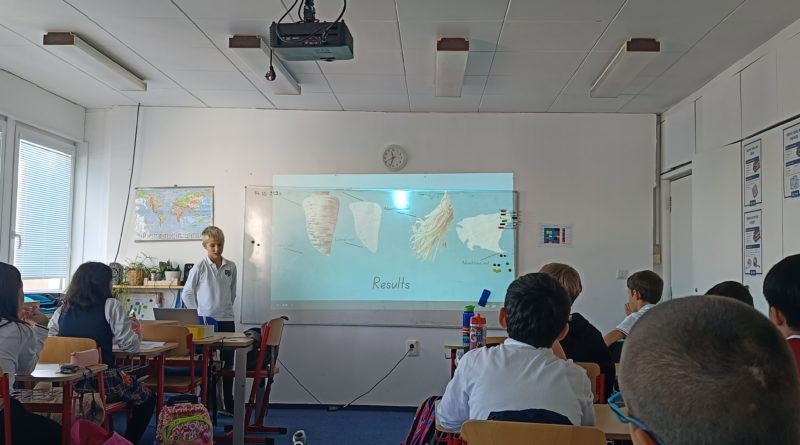Year 7 Science: A Journey from Earth to Mars
At EISB, our Year 7 Science students this week embarked on an exciting journey into the world of plant biology, exploring the fascinating complexity of root systems. This hands-on mini project allowed students to delve deep into the science of plant structures, equipping them with the knowledge they’ll later apply in their culminating project—designing a sustainable colony on Mars!
As part of our first unit, Plant Biology, students were tasked with studying the different types of root systems in plants. They collected and examined various plants such as carrots, turnips, and grass. This investigation was more than just a study of shapes and sizes. Students analyzed how each type of root system adapts to its specific environment, and discussed how this research has broadened our understanding of plant survival and growth. They posed questions such as, Why do some plants thrive in dry soils while others need constant moisture? Through these discussions, students realized the real-world implications of these adaptations.
The learning in this project isn’t just relevant to our life here on Earth—it’s also part of a much larger challenge: how to grow food in extreme environments. As we continue our plant biology unit, students will apply what they’ve learned about root systems in their final project, which involves creating a sustainable colony on Mars.
In this futuristic scenario, students will have to decide which types of crops could thrive in controlled environments on Mars. Understanding root systems is key to this task. They’ll need to consider questions such as: Which plants will need the least amount of water? How will root systems adapt to the different gravity on Mars? What kind of soil can support growth in a Martian habitat?
As our students prepare for their final Mars colony project, they’re gaining invaluable insights into how the natural world functions—and how we can use this knowledge to ensure human survival in the most extreme environments. We can’t wait to see what they’ll discover next!



